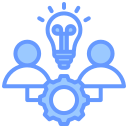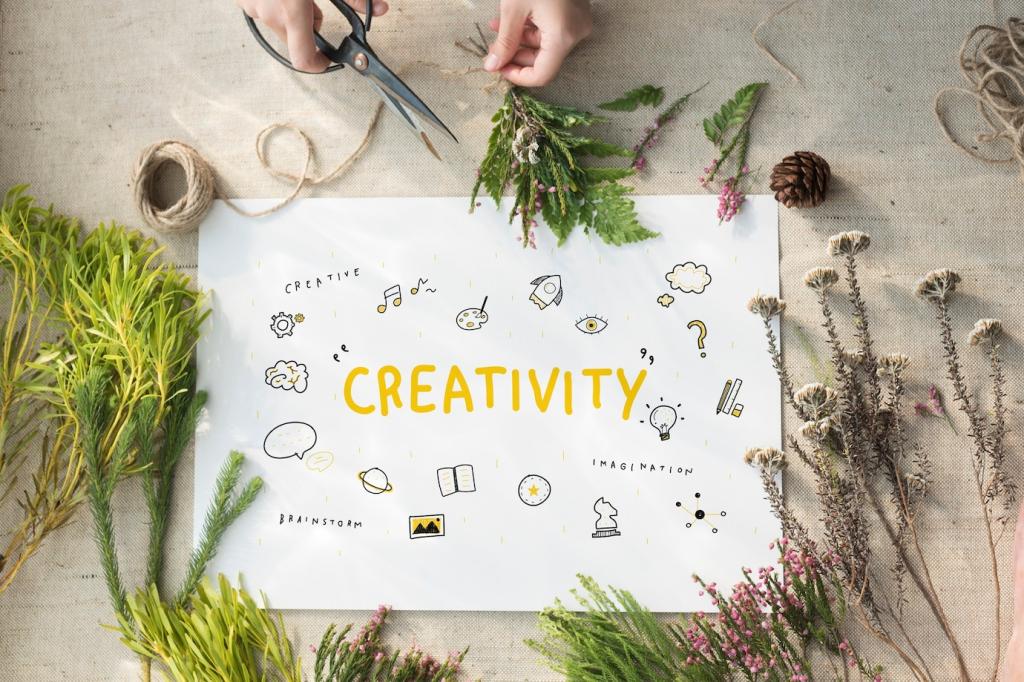Measure What Matters and Share Back
Measure whose perspectives informed decisions: user segments, disciplines, geographies, and lived experiences. Visualize gaps over time. Reward teams that close gaps and demonstrate how different inputs altered priorities, reduced risks, or opened opportunities you would otherwise have missed.
Measure What Matters and Share Back
Track how quickly diverse feedback becomes experiments, insights, and shipped improvements. Shorten cycles with simple templates, lightweight governance, and transparent decision logs. Momentum builds trust, signaling to new contributors that their perspectives lead to real, timely change.


